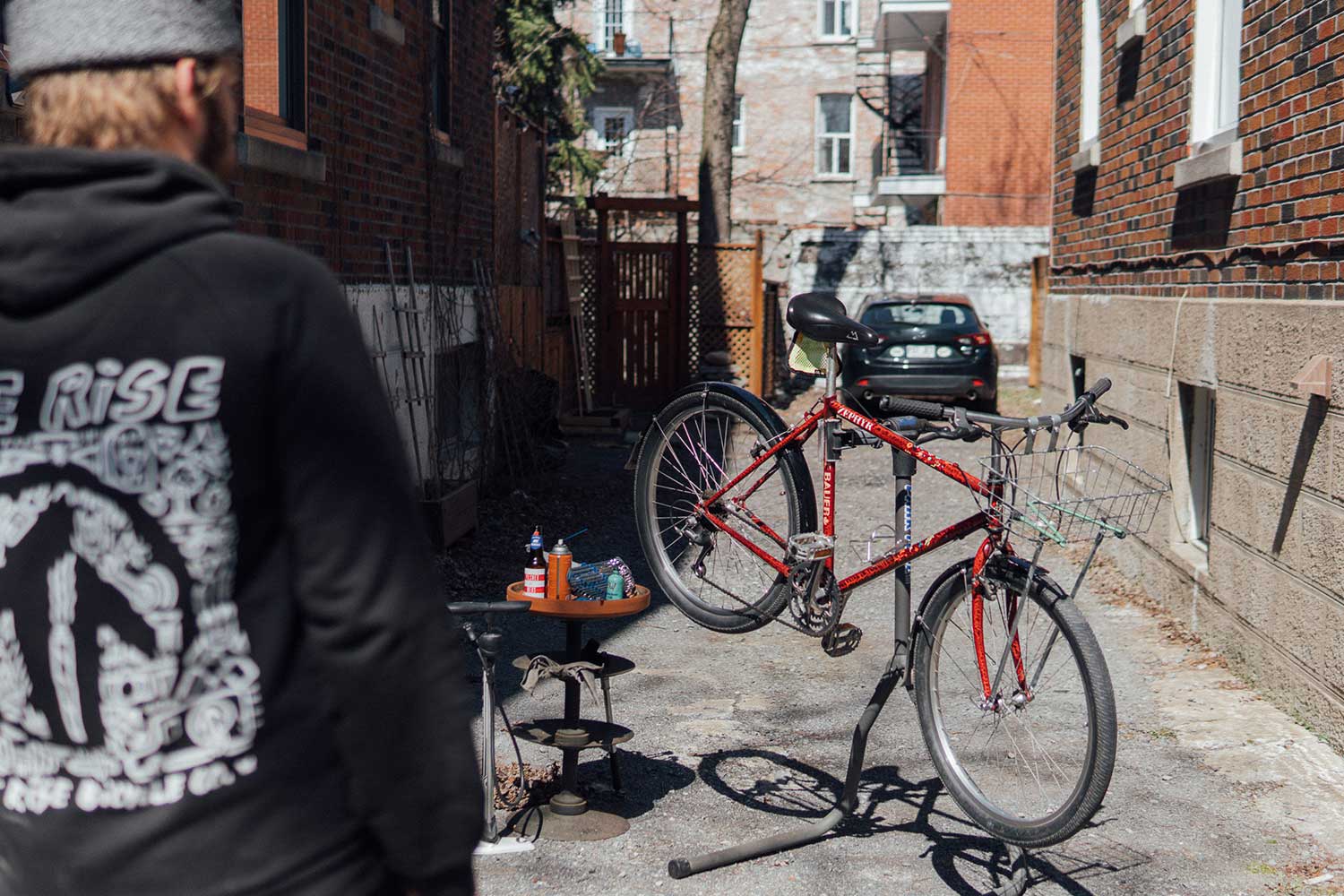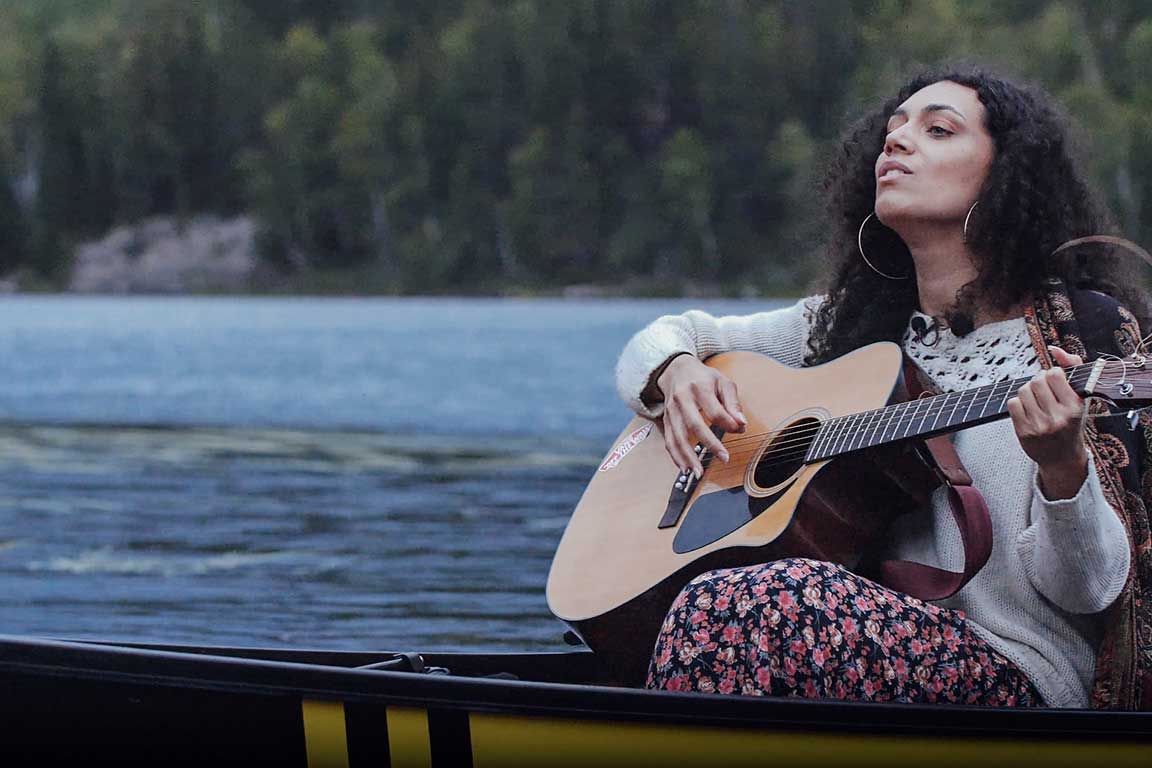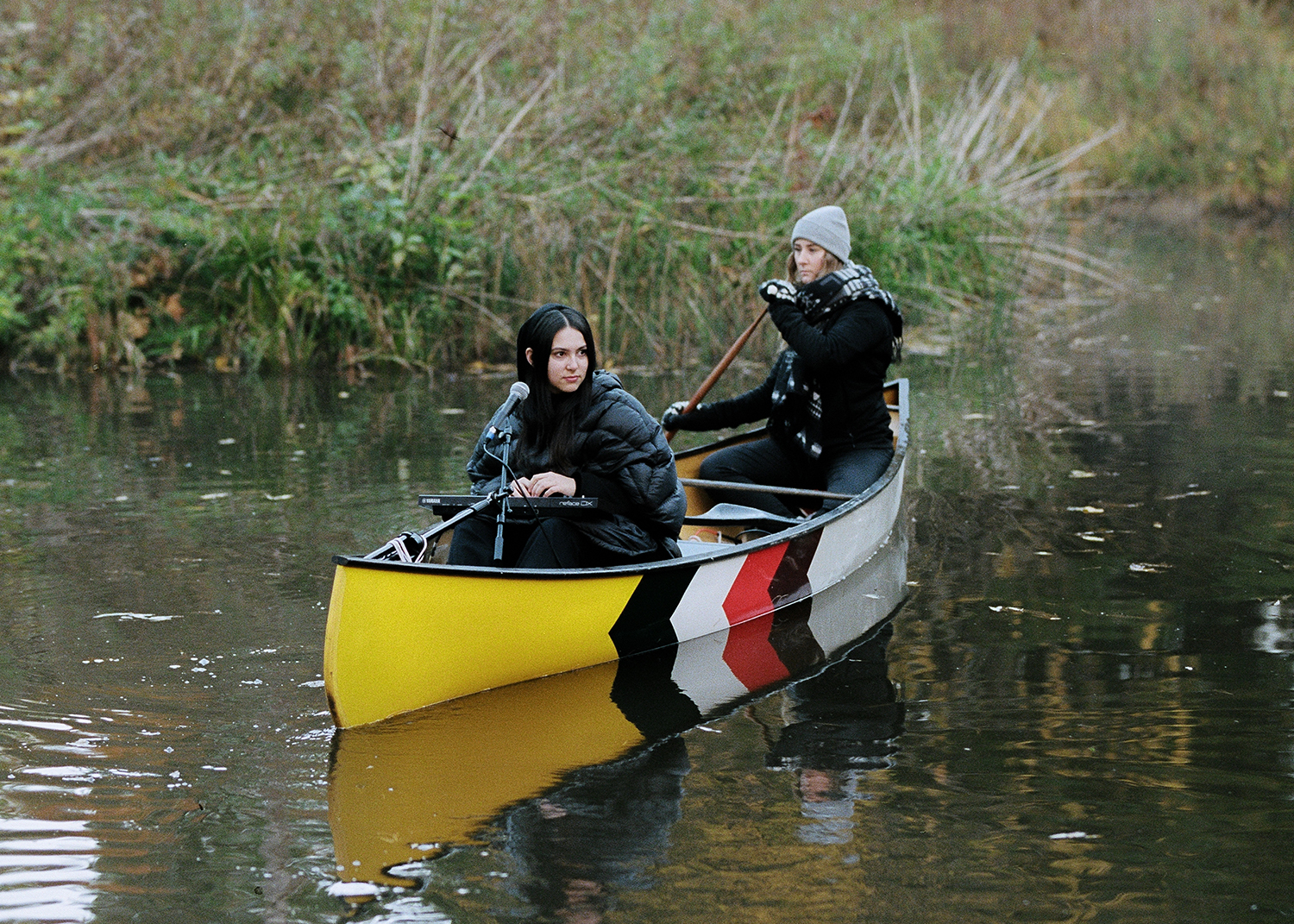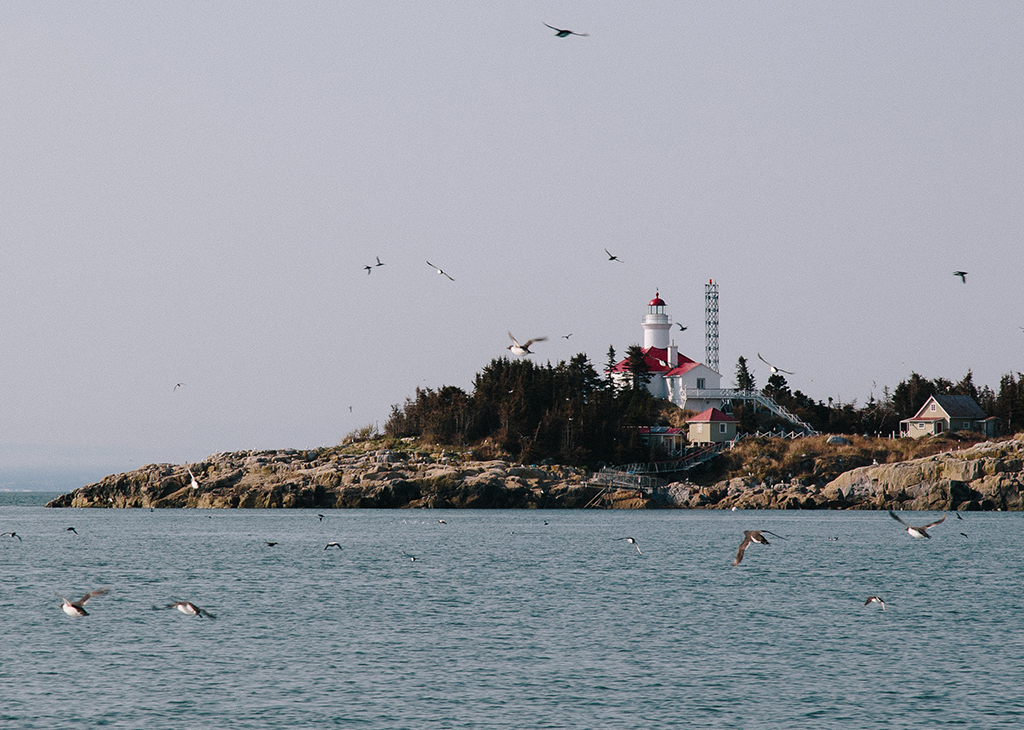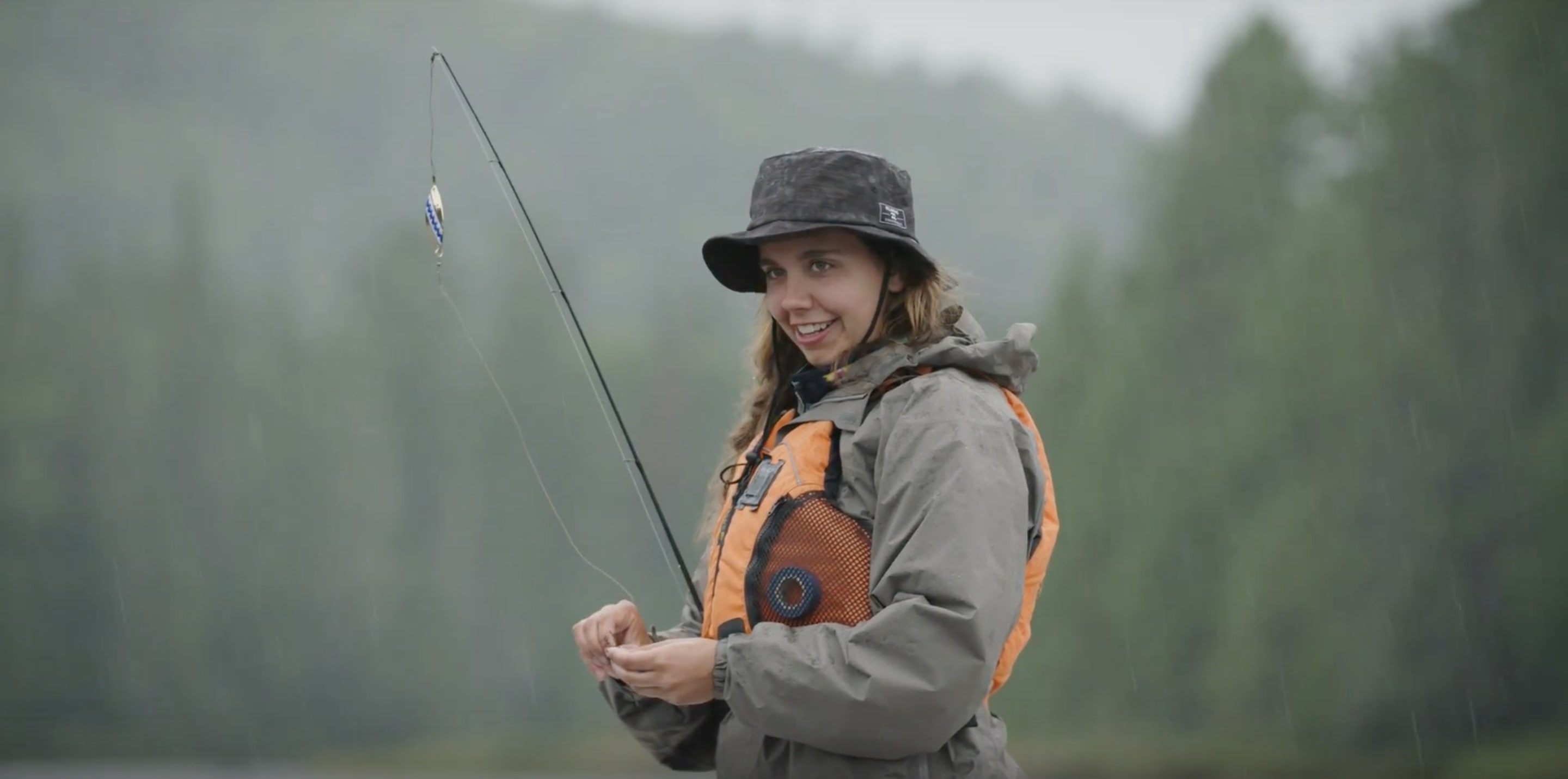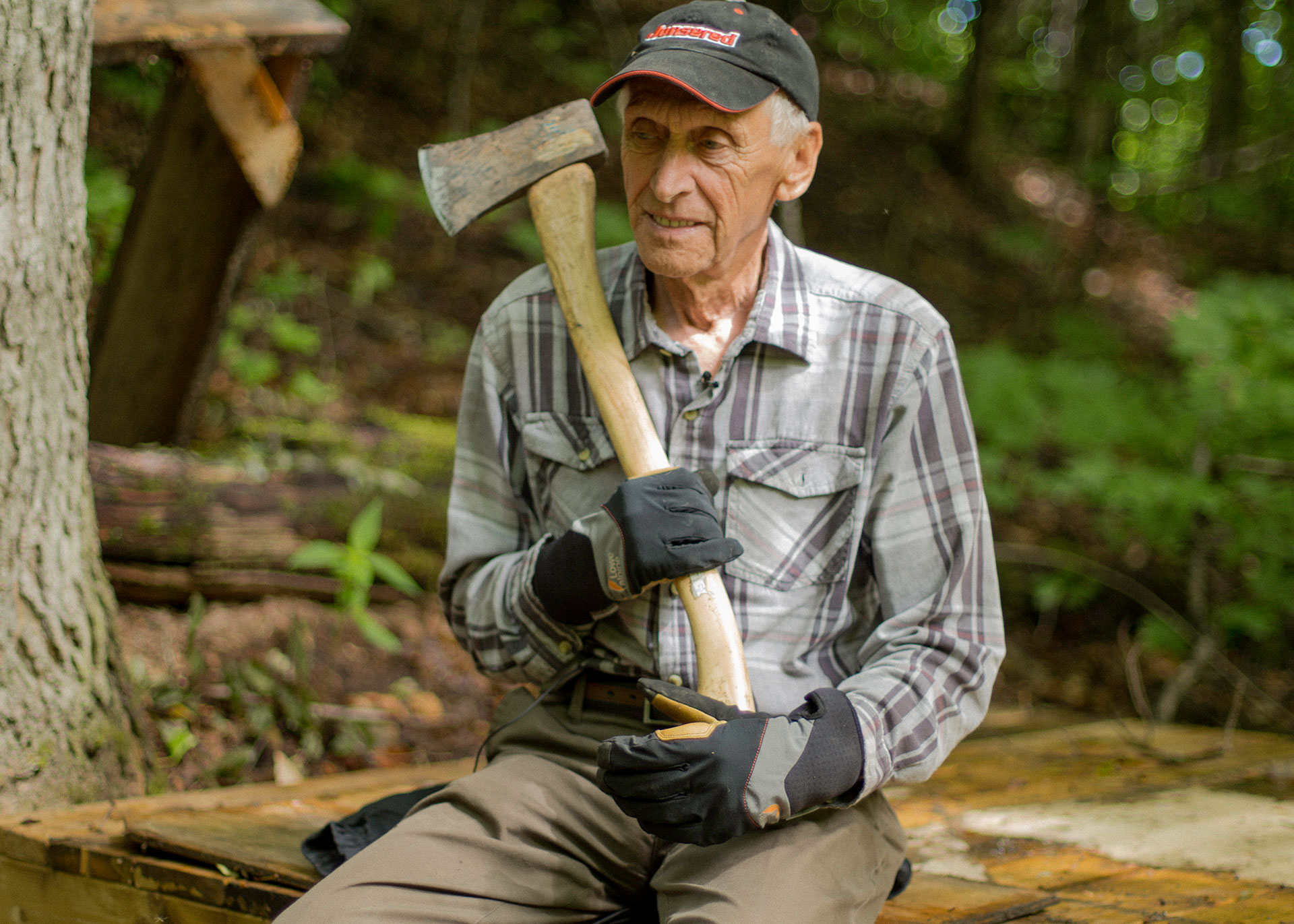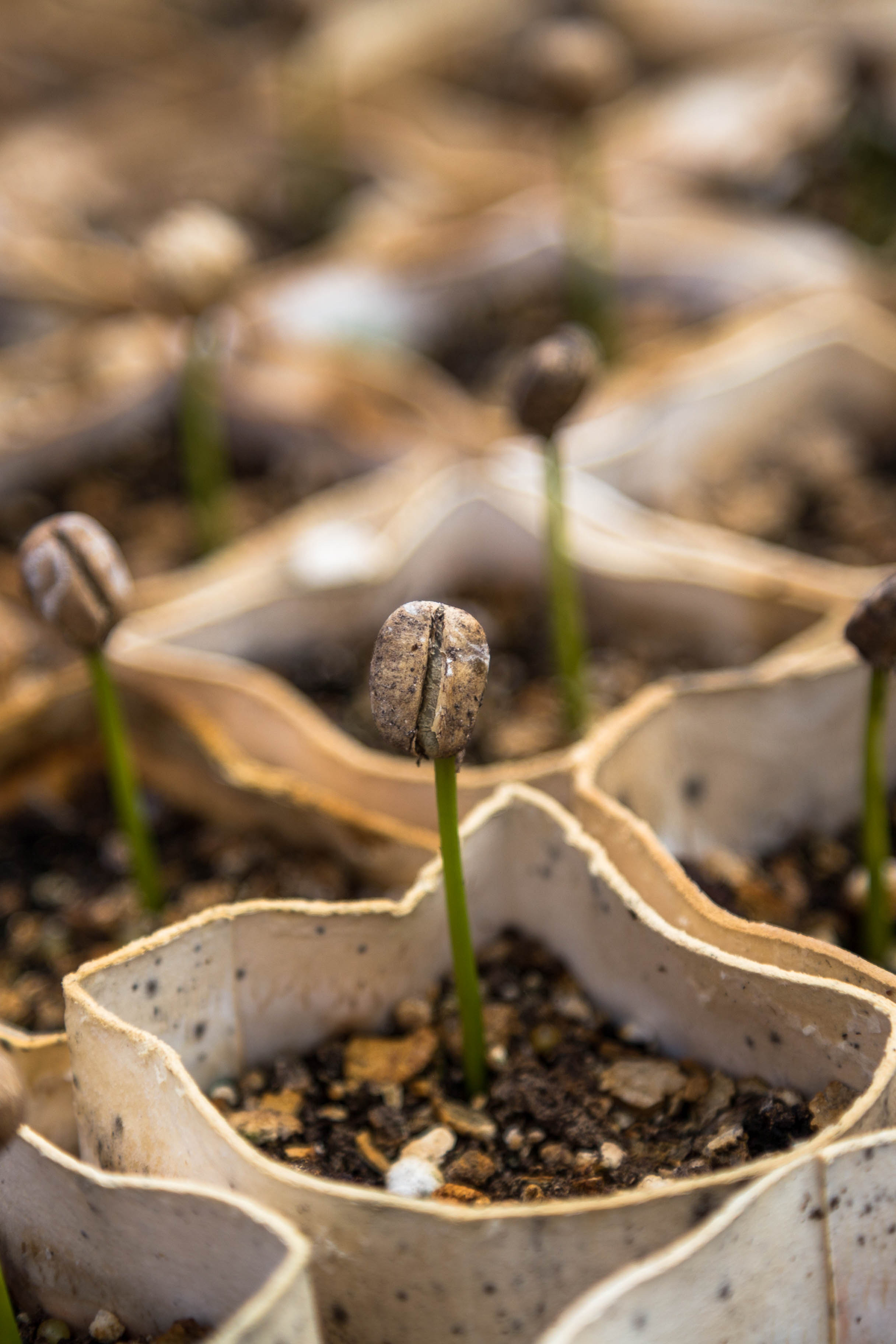Q&A
Pat Kane
Capturing the people and relationships at the heart of northern Canada.
Pat Kane’s photography covers people, life, and the environment in Canada’s Far North. Based in Yellowknife, Northwest Territories, his work takes a documentary approach to stories impacting Northerners, with a special focus on Indigenous concerns and empowerment.
A member of the Timiskaming First Nation, on the territory that is now Quebec, Pat is also part of the Indigenous photo collective @ntvsphotograph. His work has been exhibited at Contact Photo, Zoom Photo Festival, and has been published in the Globe and Mail, Macleans, Vice, The Narwhal, Can Geo, and others.
What ignited your interest in photography?
My mother was an artist and I remember her painting landscapes from photos she’d made around Northern Ontario and Timiskaming in Northeastern Quebec. She would hang prints on the corner of an easel and paint those beautiful, quiet scenes. I didn’t get into photography until much later in my life but the moments where I would watch my mother paint made a lasting impression on me. My family has always valued the arts, whether it be music, writing, painting, or photography, so my endeavors into photography and storytelling came very naturally.
What do you seek to capture both in Northern life and in people?
People and relationships are at the heart of my photography, and this is true for both my approach to photography and the subjects of my photography. It’s important for me to make connections with people before I even begin to use my camera. I think this allows for more intimate stories about life in the North. There is no shortage of incredible travel and landscape photos of Northern Canada, but I think they only scratch the surface of what the North really is. I try to offer another perspective, where people and their relationships with the land and with each other are the main story.

Tell us about On the land. What’s your biggest take-away from that project?
On the Land is a long-term photography project about conservation in the Northwest Territories. I collaborated with Tides Canada and several First Nations communities to show how Dene and Gwich’in people are protecting the land and water of their traditional homelands. A lot of the imagery in conservation initiatives are of sweeping landscapes but we wanted to show the human relationships people have with those landscapes. This project is about cultural conservation more than anything—preserving traditional skills, language, food sources—and showing Canadians how the relationship with the land is connected to physical health, mental health, and spiritual health. My biggest takeaway from the project was seeing how happy people are when they are riding in a boat or walking through the bush in very remote places. It’s very powerful to watch people come together as families, friends, and communities. I strongly believe that conservation is tied to health and identity, especially among Indigenous communities here.
What is life like in Yellowknife?
Yellowknife is the capital of the Northwest Territories. It is a very progressive, young, and interesting city. Most visitors are completely surprised by how diverse it is —Somali cab drivers will take Chinese tourists to a Dene-owned coffee shop where they will sit next to a Filipino family. Yes, it is cold in the winter and remote compared to the rest of Canada, but it is full of people doing interesting things. The rest of the NWT is very different than Yellowknife by comparison. The territory is twice the size of Texas with a population of 40,000 people living in 33 communities stretching from the Alberta border to the Northwest Passage. Half of those people live in Yellowknife! The smaller communities are mainly Indigenous (Dene, Gwich’in, Inuvialuit) and Metis whose economies are tied to government and some traditional pursuits like trapping, for example. The great thing about the NWT is that everyone knows everyone, even if the next community is 2,000 kms away.
You’ve photographed the Northwest Territories communities from various angles. What series are you most proud of?
In 2015 I spent 10 days with a few families from the community of Kakisa at their traditional homeland on Tathlina Lake in the Dehcho region of the NWT. I was there photographing a fall harvest for moose and fish and berries. This was the first story I did for my On the Land project. I didn’t know anyone from the community before I went so I was a little nervous how they would react to having a stranger photograph what was essentially a family getaway. They were extremely welcoming and loving, and I think my pictures were better because of that. The colours of the landscape were beautiful and camp life had a lot of peaceful moments followed by intense action and physical work. I had a lot of time on that trip to experiment with my framing and compositions—I did a lot of “shooting from the hip” as they say. I think the images I made during that trip were more intimate than my previous work as a result. I see that experience as a turning point in how I approach people and how I photograph many of my stories today.
Ka’a’gee Tu (Between the Willows) is located in the southeast corner of the Dehcho region, in the Northwest Territories. It is a 9,600 km2 culturally and ecologically rich area and the traditional territory of the of the Ka’a’gee Tu people. Originally from Tathlina Lake, the Ka’a’gee Tu First Nation (Kakisa) moved their community to its current Kakisa Lake location in 1962, following a devastating wildfire.
Oil and gas companies have also had a financial interest in the area since the 1960s. And talk about mining exploration projects made residents of Kakisa increasingly concerned that large-scale resource developments would cut through their traditional territory, threatening the land and wildlife they have always depended on.
For 20 years the Ka’a’gee Tu First Nation—along with all of the Dehcho First Nations—championed the protection of their traditional territories. In October 2018, they reached an agreement with the Canadian Government called the Edéhzhié Protected Area—the first Indigenous protected area designated in Canada.
The annual fall harvest is a time when families reconnect in the Ka’a’gee Tu to gather moose, beaver, wood, and other resources for their community. Though drought and wildfires in previous years had prevented their community hunt, in 2015, I was able to travel with them to Tathlina Lake—where I learned first-hand the importance of the Ka’a’gee Tu to its people’s health, culture, and identity.

Being Algonquin, what do you learn from engaging with members of other First Nations through your work?
I think it’s important to note that being Algonquin doesn’t give me a free pass to photograph anything or anyone in other Indigenous communities. I still need to respect that I am not from here so I have to earn the trust of the people in these communities. Working with First Nations in the NWT has allowed me to explore and appreciate my Algonquin heritage on a very personal level. There were times in my life, especially in my teenage years, where I was not particularly proud to be Indigenous. I saw the racism and lack of opportunities for Indigenous people all around me so I tried to hide that from others. When I moved North, I saw how proud people are of their culture and I began to feel empowered by that, which slowly helped tear down the wall I had built around myself. I firmly believe that the people I’ve met in the North have helped me with my own struggle with my identity and I can only hope to help elevate their stories so that non-Indigenous people can understand and empathize with them, especially as our country deals with issues around reconciliation and compassion.
What social initiatives are you involved with?
I’m still heavily involved in photographing stories around cultural conservation. I don’t consider myself an environmental activist but I do consider myself an advocate and ally of Northern people and issues. A lot of the stories told about the North often come from people with no connection to the North—journalists, tv producers, novelists, etc. I want to help elevate the voices of Northerners and especially Indigenous Northerners in the communities outside of Yellowknife. One little thing I try to do each year is to mentor someone interested in photography who is from Northern Canada. This is a small way of giving back to a region that has helped me so much. My intention with this mentorship is not necessarily to encourage people to become professional photographers, but to show that telling your own story from your own perspective matters, that it can be empowering, and that it deserves to be valued.

What 3 Instagram accounts inspire you?
I follow a lot of documentary photographers from all over the world on Instagram but I think these three Canadian photographers inspire me most:
@cdonovanphoto—Chris Donovan is a friend and a photojournalist originally from Saint John, New Brunswick. His storytelling is intimate and important and he shows a lot of empathy for the people he photographs.
@jackiedivesphoto—Jackie Dives is another friend and a photographer who blurs the boundary between fine art and photojournalism. Her portrait work is incredible.
@uza_tin—Robbie Dick is a Kaska Dene photographer in Ross River, Yukon. He’s a young, Indigenous photographer who is doing important and beautiful work photographing daily life in his community.




